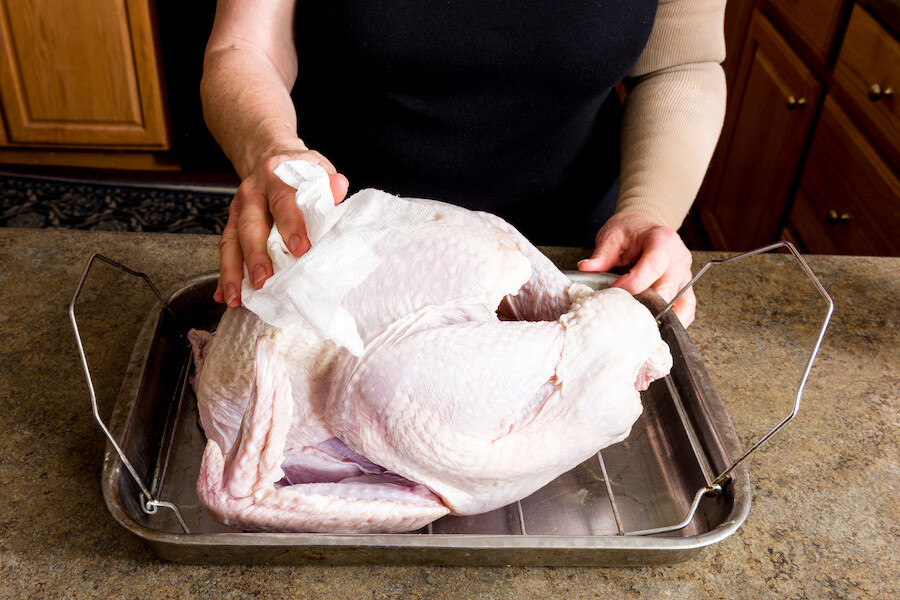Thanksgiving is a time for family, friends, and, of course, food. However, with all the excitement of the holiday, it’s important to remember food safety practices to ensure everyone has a safe and enjoyable meal.
According to the Centers for Disease Control and Prevention (CDC), food-borne illnesses are a common and significant public health problem in the United States. Each year, an estimated 48 million Americans get sick, 128,000 are hospitalized, and 3,000 die from foodborne diseases.
Prevention is Key
The good news is that food-borne illnesses can be prevented by following proper food safety practices. Here are some key tips to keep in mind when preparing and serving Thanksgiving dinner:
Clean
-
Wash your hands thoroughly with soap and water for at least 20 seconds before and after handling raw meat, poultry, or seafood.
-
Wash all produce under running water, even if you plan to peel it.
-
Clean and sanitize all surfaces that will come into contact with food, such as countertops, cutting boards, and utensils.
Separate
-
Keep raw meat, poultry, and seafood separate from other foods to prevent cross-contamination.
-
Use different cutting boards for raw meat, poultry, seafood, and produce.
Cook
-
Cook all meat, poultry, and seafood to the proper internal temperature. Use a food thermometer to check for doneness.
-
The safe internal temperatures are:
-
Ground meats: 160°F
-
Ground poultry: 165°F
-
Whole poultry: 165°F (breast, thigh, and stuffing)
-
Beef, pork, lamb, and veal steaks, chops, and roasts: 145°F with a 3-minute rest
-
Seafood: 145°F
-
Chill
-
Refrigerate leftovers promptly within two hours of cooking.
-
Store leftovers in shallow containers to allow them to cool quickly.
-
Cover leftovers tightly to prevent them from drying out or absorbing odors.
Storing + Reheating Leftovers Leftovers
Proper storage of leftovers is essential to prevent food-borne illnesses. Here are some guidelines for storing Thanksgiving leftovers:
-
Turkey: Cooked turkey can be stored in the refrigerator for up to 3-4 days.
-
Stuffing: Cooked stuffing can be stored in the refrigerator for up to 3-4 days.
-
Mashed potatoes: Mashed potatoes can be stored in the refrigerator for up to 3-4 days.
-
Gravy: Gravy can be stored in the refrigerator for up to 2-3 days.
-
Desserts: Pies and cakes can be stored in the refrigerator for up to 3-4 days.
When reheating leftovers, it’s important to ensure they reach a safe internal temperature of 165°F. Use a food thermometer to check for doneness.
Freezing Leftovers
For longer storage, leftovers can be frozen. Here are some guidelines for freezing Thanksgiving leftovers:
-
Turkey: Cooked turkey can be frozen for up to 2-3 months.
-
Stuffing: Cooked stuffing can be frozen for up to 1-2 months.
-
Mashed potatoes: Mashed potatoes can be frozen for up to 1-2 months.
-
Gravy: Gravy can be frozen for up to 2-3 months.
-
Desserts: Pies and cakes can be frozen for up to 2-3 months.
By following these simple food safety guidelines, you can help ensure that your Thanksgiving dinner is not only delicious but also safe for everyone to enjoy.
